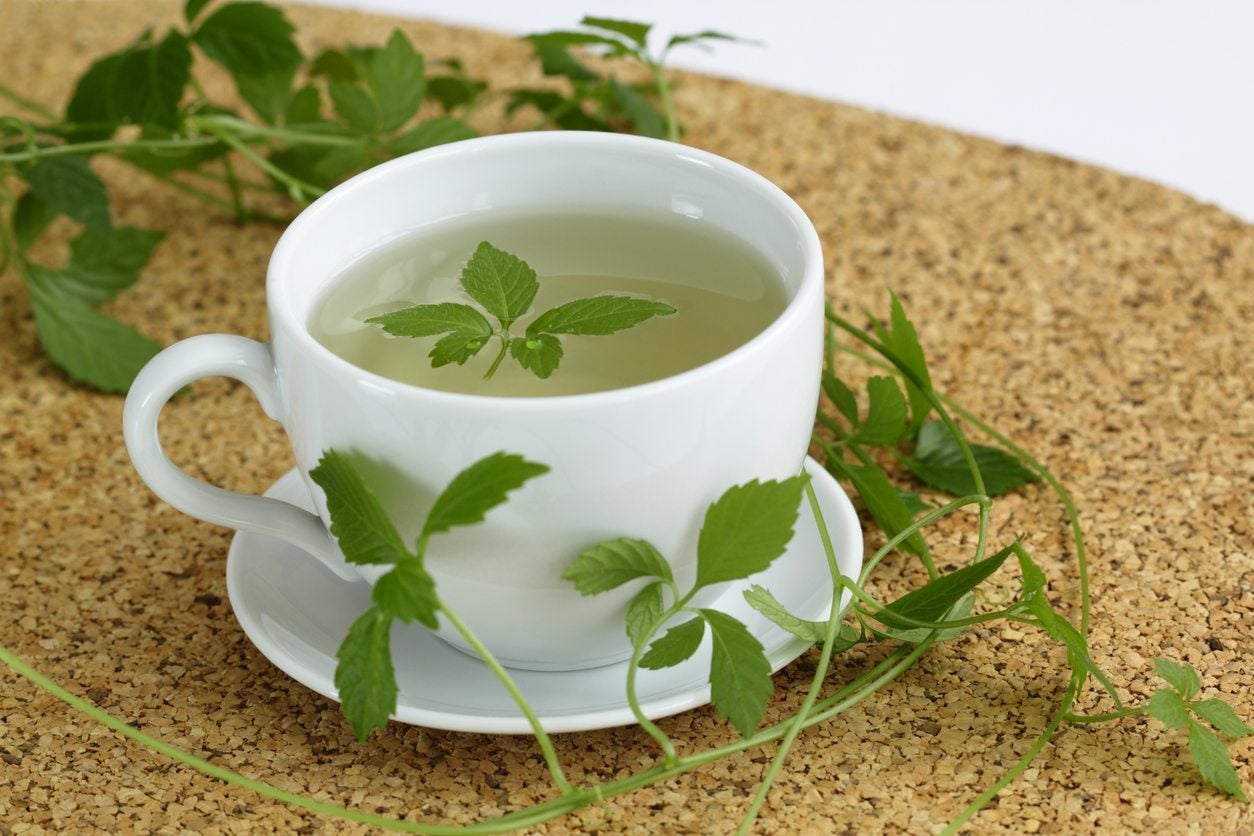Immortality Herb Care: Tips For Growing Jiaogulan Herbs At Home


What is Jiaogulan? Also known as immortality herb (Gynostemma pentaphyllum), Jiaogulan is a dramatic climbing vine that belongs to the cucumber and gourd family. When used regularly, tea from the immortality herb plant is believed to promote a long, healthy, disease-free life. Native to the mountainous regions of Asia, the immortality herb plant is also known as sweet tea vine. Interested in learning how to grow Jiaogulan? Read on for more information. Growing Jiaogulan Plants Immortality herb is suitable for growing in USDA plant hardiness zones 8 through 10. In cooler climates, you can grow the fast-growing herb as an annual. Alternatively, bring it indoors during the winter, or grow it as an attractive houseplant year-round. Grow Jiaogulan in nearly any type of well-drained soil or use a commercial potting mix if you’re growing Jiaogulan in containers. The plant tolerates full sun but thrives in partial shade, especially in hot climates. Propagate immortality herb by planting cuttings from a mature vine. Place the cuttings in a glass of water until they root, then pot them up or plant them outdoors. You can also grow Jiaogulan by planting seeds directly in the garden after the last frost in spring, or plant them indoors in pots filled with moist seed-starting mix. Place the containers under a grow light for at least 12 hours per day. Watch for germination in two to six weeks, depending on temperature.
Jiaogulan Immortality Herb Care
Provide a trellis or another supportive structure for this plant. Immortality herb attaches itself to supports by means of curly tendrils. Water your Jiaogulan immortality herb regularly to keep the soil evenly moist. The plant may wilt in dry soil but usually rebounds with a little water. Spread a layer of compost or well-aged manure around the plant to keep the roots cool and moist. Immortality herb plants generally require no fertilizer other than compost or manure. Immortality herb plants are either male or female. Plant at least one of each in close proximity if you want the plant to bear seeds.
Sign up for the Gardening Know How newsletter today and receive a free copy of our e-book "How to Grow Delicious Tomatoes".

A Credentialed Garden Writer, Mary H. Dyer was with Gardening Know How in the very beginning, publishing articles as early as 2007.